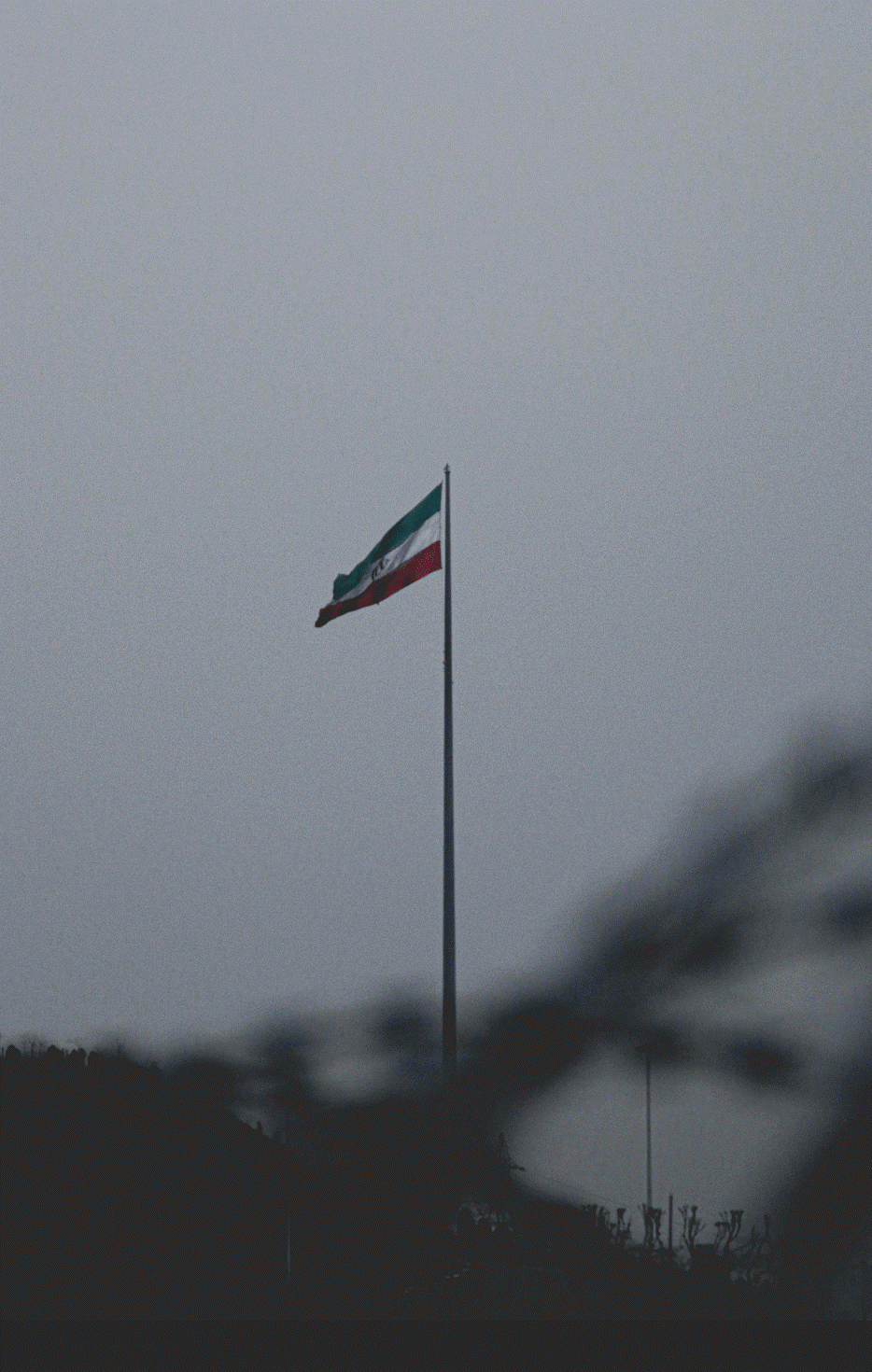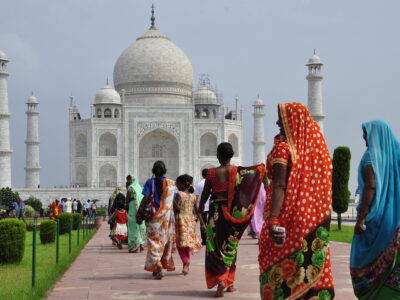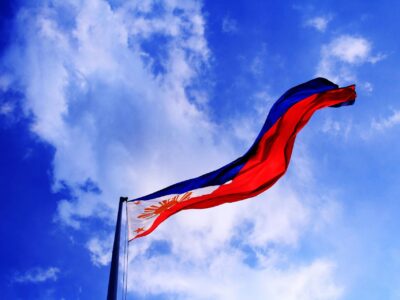25-05-2024
G.F.
Middle East and Human Rights Researcher,
Global Human Rights Defence
On May 19th, 2024, the helicopter transporting Iran’s President Ibrahim Raisi and seven other officials – including Foreign Affairs Minister Hossein Amirabdollahian – crashed in the mountains of Azerbaijan’s Eastern region, leaving no survivors [1]. Experts expect the event to have little to no impact on the regime’s current political trajectory; nonetheless, Iran must deal with two unfolding challenges: the first, evidently, is the election of a new president and the transition towards a new government; the second, within a broader political frame, concerns the succession to the Supreme Leadership.
On May 20th, the day after the incident, Supreme Leader Ali Khamenei followed the constitutional procedure delineated by Article 131 [2] and appointed vice-president Mohammad Mokhber as ad interim Head of the Executive. Additionally, with presidential elections to be held within 50 days maximum, Mokhber became responsible for the two other branches of government as Judiciary Chief and Parliament Speaker. Meanwhile, Deputy Ali Bagheri Kani serves as foreign minister [3].
The bodies enshrined in the Constitution, composing Iran’s power structure are various. At its top, directing both domestic and foreign policy, there is the office of the Supreme Leader, currently occupied by Ayatollah Ali Khamenei. The President – who will be newly elected in the next two months – is the second highest-ranking official in Iran. However, because the Executive is submitted to the Supreme Leader, he has, in practice, limited authority.
Among other duties (Article 110), the Supreme Leader has the power to appoint six theologians out of the twelve members of the Guardian Council. The other six jurists are nominated by the Judiciary and approved by the Parliament [4]. The Guardian Council, controlled by conservatives, is especially important for the unfolding of presidential elections. In fact, in virtue of its power to rightly interpret the Constitution, this body has the faculty to approve or veto all bills passed by the Parliament (Article 94), as well as to bar candidates from standing in elections (to Parliament, Presidency, and Assembly of Experts) (Article 99) [5]. Historically, the Council’s conservativeness has hampered diversity and democracy at the electoral level; in 1997, for example, only 4 out of 230 candidates were allowed to access the ballot [6].
On the matter, experts argue that such rigidity is even more likely to endure in present-day conditions: to ensure that an ultra-conservative insider with the correct religious credentials is elected, requirements and bans will be even stricter [7]. As mentioned, these presidential elections are not expected to cause pivotal swifts in Iranian politics, domestically or internationally: conservatives will remain in power, leaving out reformists and pragmatists; tensions might arise within the conservative circle itself: the ultra-conservative Paydari group is likely to get a victory over the traditionalist group, the principalists; [8] at last, the establishment will remain stable and secure.
Overall, the Iranian Nezam (political system) is not grounded on steady domestic legitimacy. This has proved evident in the low turnouts in parliamentary and presidential elections: the former, held in 2021 and recently in 2024, registered a turnout of 42 percent and 41 percent, respectively, while the latter, last held in 2021, elected President Raisi with 48.8 percent, the lowest presidential turnout since 1979 [9]. Evidently, the decrease in political participation is in line with the malcontent and dissatisfaction seen recently at the popular level through various protests and public demonstrations [10].
Precisely because of these power structures and dynamics, rather than with the upcoming presidential elections, experts and critics are more concerned with the succession to the Supreme Leadership. Speculations had been made on Raisi’s possible succession to the role, but his brutal confrontations with society and lack of charisma made this option more and more unlikely with time; to this day, even more remote seems the possibility of the direct hereditary succession of Mojtaba Khamenei, the Supreme Leader’s son [11].
Sources and further readings
[1] Al Jazeera, ‘Iran announces five days of mourning after President Raisi’s death’ (May 20, 2024) <https://www.aljazeera.com/news/2024/5/20/iran-declares-five-days-of-mourning-after-president-raisis-death> accessed on May 26, 2024.
[2] Islamic Republic News Agency, ‘Supreme Leader appoints VP Mokhber as head of Executive’ (May 20, 2024) <Supreme Leader appoints VP Mokhber as head of Executive – IRNA English> accessed on May 26, 2024.
[3] Public Broadcasting Service, ‘The structure of power in Iran. An overview of the Iranian government and political system’ <https://www.pbs.org/wgbh/pages/frontline/shows/tehran/inside/govt.html > accessed on May 26, 2024.
[4] Constitute, ‘Iran (Islamic republic of) 1979 (rev.1989)’ <Iran (Islamic Republic of) 1979 (rev. 1989) Constitution> accessed on May 27, 2024.
[5] BBC News, ‘Iran: who holds the power?’ <Guardian Council in Iran> accessed on May 26, 2024.
[6] Atlantic Council, ‘What comes after Ebrahim Raisi’ (May 20, 2024) <What comes after Ebrahim Raisi – Atlantic Council> accessed on May 26, 2024.
[7] Fondazione Oasis, ‘Iran: quali scenari dopo la morte di Raisi?’ (May 20, 2024) <Iran: quali scenari dopo la morte di Raisi?> accessed on May 26, 2024.
[8] ISPI, ‘Iran after Raisi: what comes next?’ (May 20, 2024) <Iran after Raisi: what comes next? | ISPI> accessed on May 26, 2024.
[9] Fondazione Oasis, ‘Iran: quali scenari dopo la morte di Raisi?’ (May 20, 2024) <Iran: quali scenari dopo la morte di Raisi?> accessed on May 26, 2024.
[10] Atlantic Council, ‘What comes after Ebrahim Raisi’ (May 20, 2024) <What comes after Ebrahim Raisi – Atlantic Council> accessed on May 26, 2024.
[11] Fondazione Oasis, ‘Iran: quali scenari dopo la morte di Raisi?’ (May 20, 2024) <Iran: quali scenari dopo la morte di Raisi?> accessed on May 26, 2024.








Comments